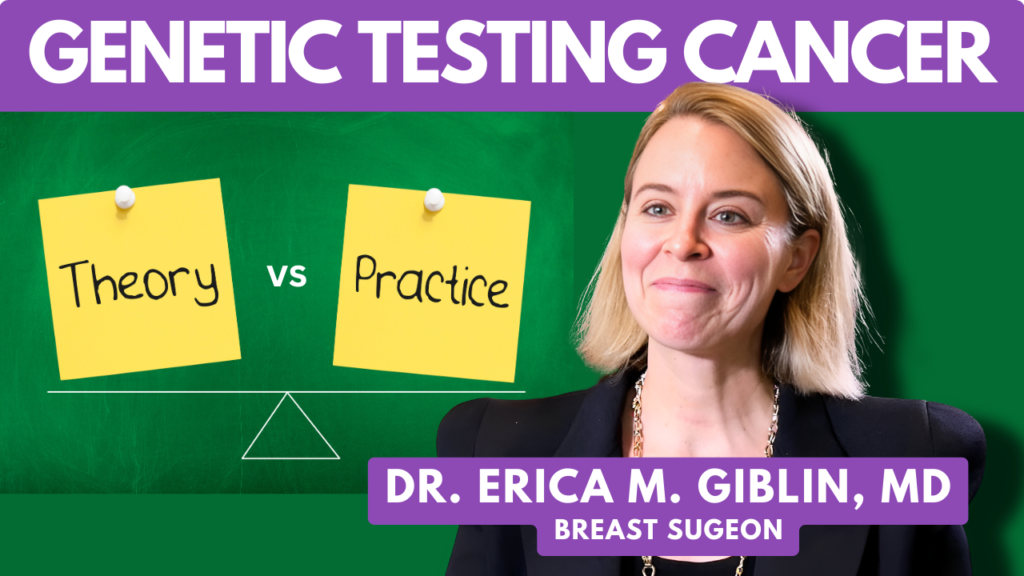By: Dr. Erica Giblin, MD, from Ascension Medical Group
Conference: ASBrS
Genetic Testing Cancer
In recent years, the field of oncology has witnessed significant advancements, particularly in the realm of genetic testing. One such advancement is the use of circulating tumor DNA (ctDNA) monitoring. This has the potential to revolutionize cancer treatment and management. Dr. Erica Giblin, MD, from Ascension Medical Group, shares her insights and experiences with ctDNA testing. She highlights its impact on the detection and treatment of breast cancer recurrences.
The Role of ctDNA in Early Detection
Dr. Giblin emphasizes the importance of ctDNA monitoring, noting that it has been integrated into her practice for over a year. This innovative approach allows for the detection of cancer recurrence up to a year before it becomes apparent through traditional imaging methods. According to Dr. Giblin, the ability to identify a recurrence early is a game changer. This is particularly true for hormone-positive breast cancer patients who often struggle with adherence to preventive therapies like tamoxifen or anastrozole.
Patient Experiences and Case Studies
In her practice, Dr. Giblin has encountered multiple cases where ctDNA monitoring proved invaluable. She recounts instances where patients, despite being asymptomatic and appearing to have low-grade disease, were found to have elevated ctDNA levels. This early detection enabled timely intervention. Consequently, patients were reinitiated on anti-estrogen therapy. In two such cases, the ctDNA levels dropped to zero, indicating a positive response to treatment.
However, ctDNA monitoring also revealed instances where the disease progressed despite therapy. For example, one patient showed rising ctDNA levels even while on anastrozole. This prompted a metastatic workup. This early warning led to the discovery of an L3 metastasis. It would not have been detected until the patient became symptomatic. Such cases underscore the utility of ctDNA as a tool for closely monitoring disease progression and tailoring treatment strategies accordingly.
Changing the Practice Paradigm
Dr. Giblin’s experiences suggest that ctDNA testing could significantly alter the standard practice for managing breast cancer. By providing real-time insights into the molecular landscape of a patient’s cancer, ctDNA allows for more personalized and dynamic treatment plans. This capability not only improves outcomes but also offers patients a more precise understanding of their disease status.
Conclusion
The integration of ctDNA testing in cancer care represents a shift towards more proactive and personalized treatment approaches. As Dr. Erica Giblin’s experiences illustrate, this technology holds great promise in detecting recurrences early and guiding treatment decisions. While more research and widespread adoption are needed, the potential for ctDNA to change cancer practice is clear.
For those interested in the latest advancements in oncology and personalized medicine, Dr. Giblin’s insights provide a valuable perspective on the evolving role of genetic testing in cancer treatment.
Related Links:

